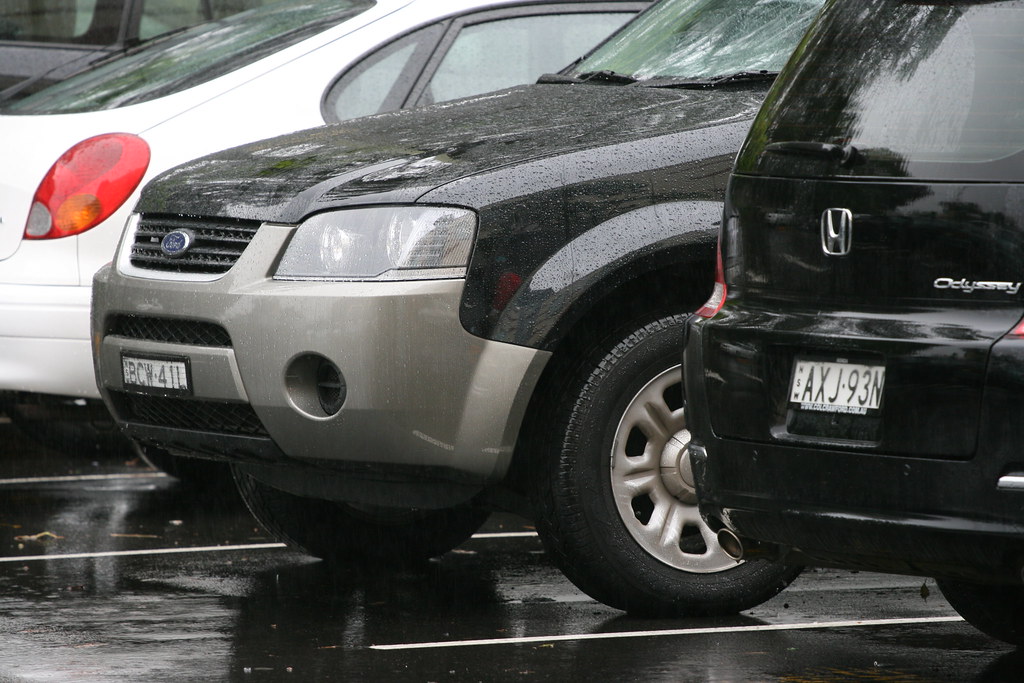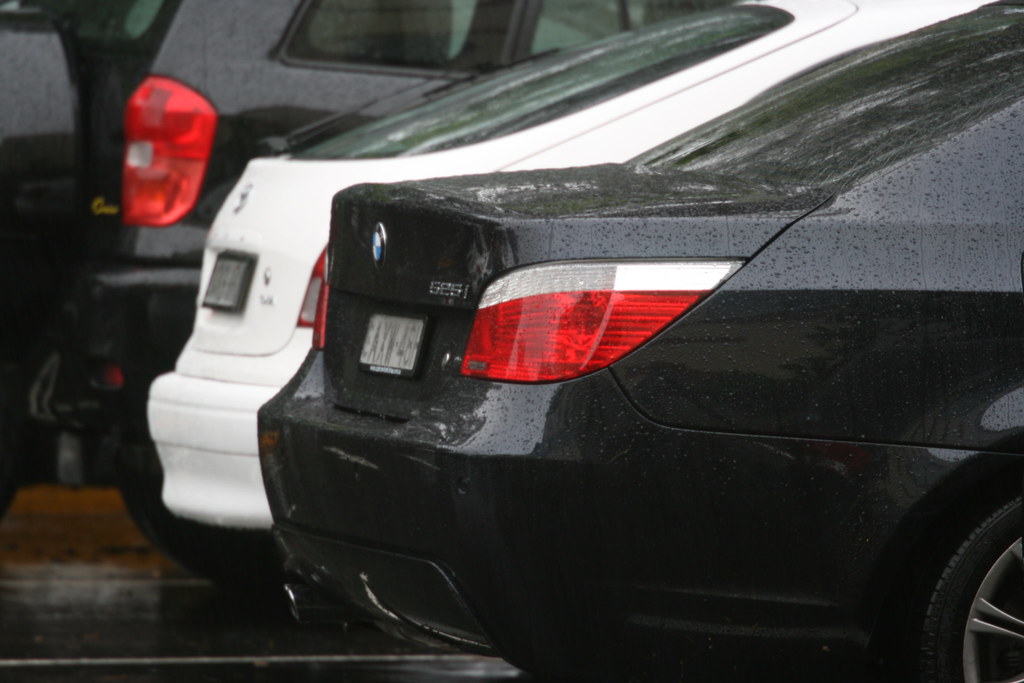Curlay
Member
Hey folks,
I've recently been considering buying an L lens for my 400d, specifically, the 70-200 f4L
However, not being made of money (hence not getting the f2.8) i've been considering whether purchasing the IS version of this lens is worth it or not.
I don't plan on doing too much photography in low light with the lens. i'm mainly trying to get some motorsport photography (although, isn't everybody on here? ) and was wondering whether IS would be suitable for my needs. i mean, couldn't I just bump up the ISO in lower light situations? i'm sure it's not as good as using IS, but if it saves me half the price, i'm willing to live with it.
) and was wondering whether IS would be suitable for my needs. i mean, couldn't I just bump up the ISO in lower light situations? i'm sure it's not as good as using IS, but if it saves me half the price, i'm willing to live with it.
Opinions please.
P.S. currently I have the twin lens kit's 75-300 f4.5-5.6 lens, so just about anything is a step up from that.
P.P.S. Sorry if this has been covered before, It's late and i'm too tired to do a search
I've recently been considering buying an L lens for my 400d, specifically, the 70-200 f4L
However, not being made of money (hence not getting the f2.8) i've been considering whether purchasing the IS version of this lens is worth it or not.
I don't plan on doing too much photography in low light with the lens. i'm mainly trying to get some motorsport photography (although, isn't everybody on here?
Opinions please.
P.S. currently I have the twin lens kit's 75-300 f4.5-5.6 lens, so just about anything is a step up from that.
P.P.S. Sorry if this has been covered before, It's late and i'm too tired to do a search




